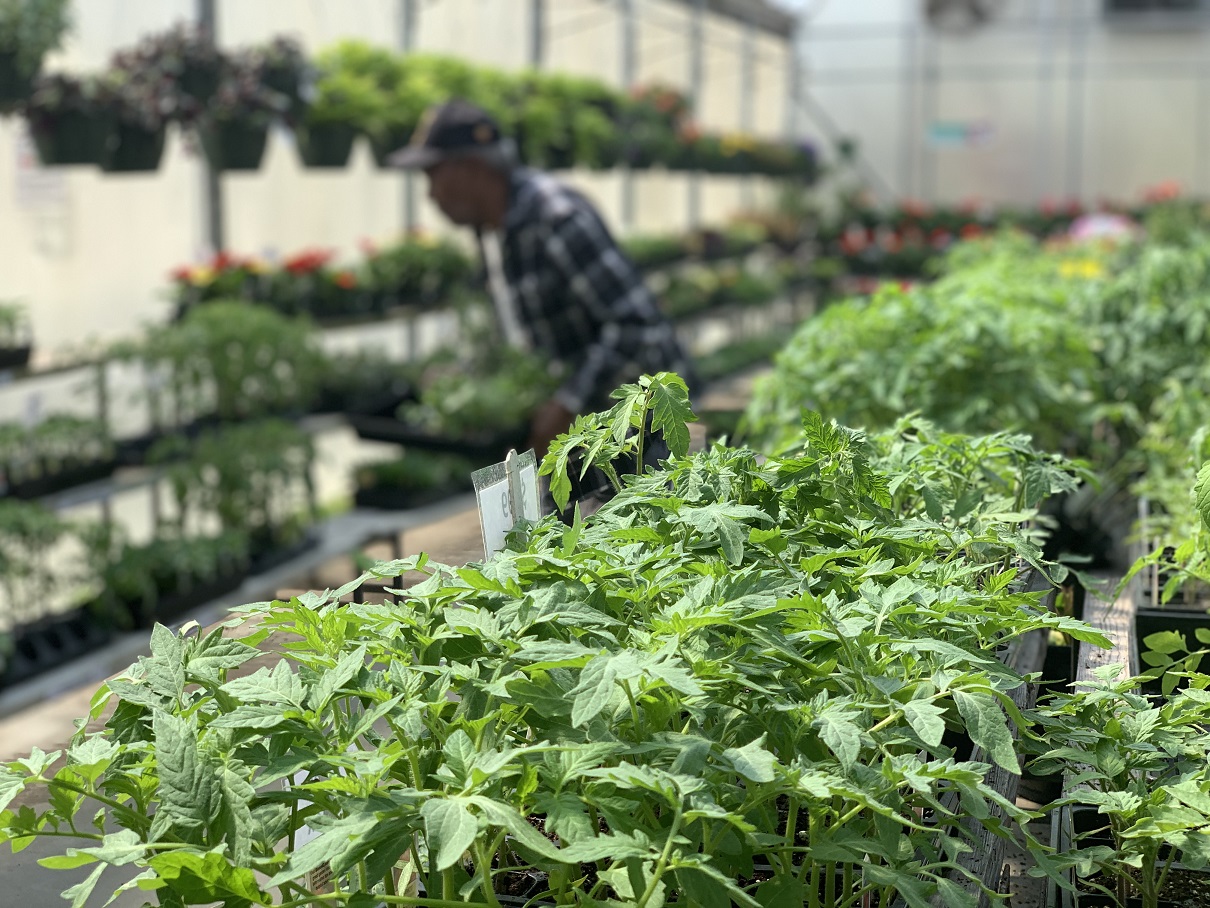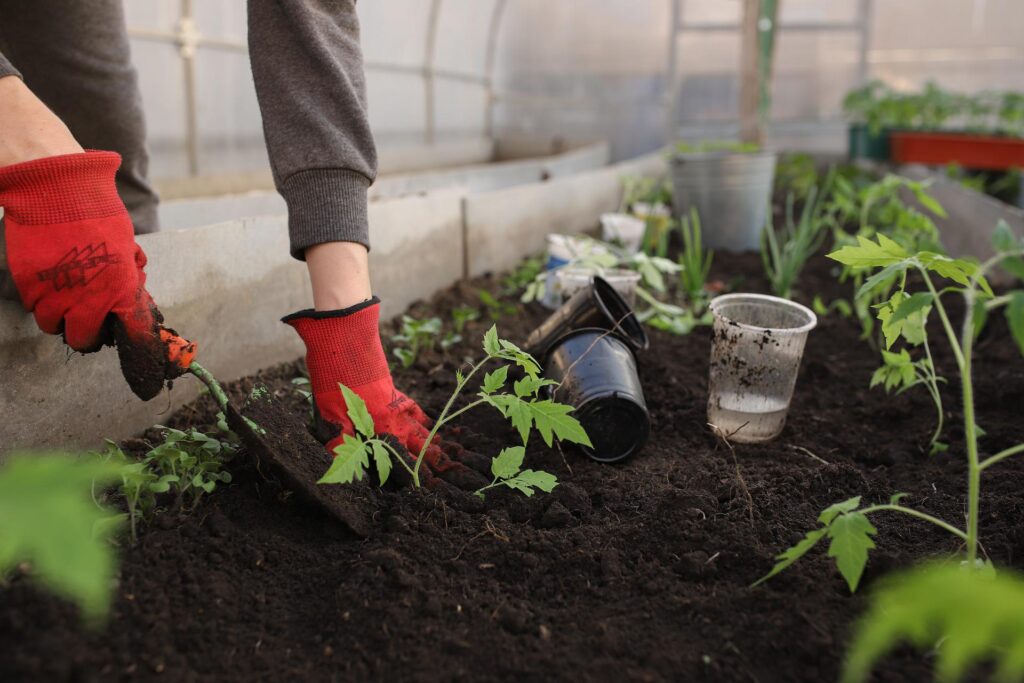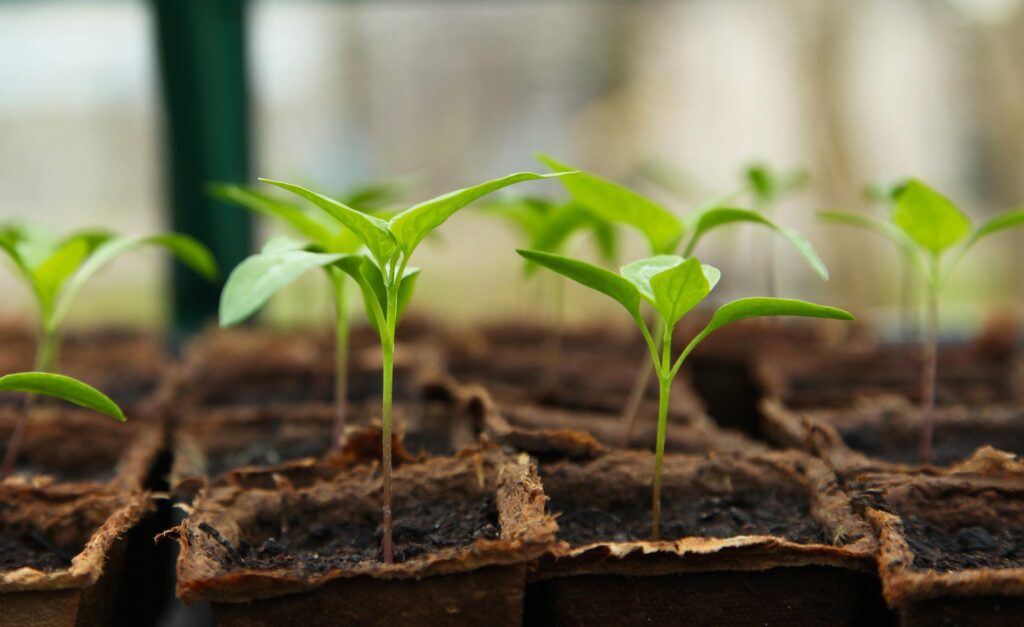
HALIFAX – Vegetable gardening can be one of the most rewarding endeavors; growing your own food is extremely satisfying. Vegetable gardening offers many benefits:
- Superior taste and nutrition
- Exercise and fresh air
- Wonderful way to introduce children to the wonders of nature
- Saving money
Seasoned gardeners already know what is necessary for a successful vegetable garden, but, for those new to it, there are some “green brain” basics to vegetable gardening that are important to ensure success: sunlight, planting seasons, soil quality, water, and fertilizer. Knowing these basics is critical.
Light Helps Vegetable Gardening
Vegetables are sun loving plants. You will need at least a half day of sunlight, usually about six hours. Without enough sunlight, plants will get leggy and not produce.
Planting Seasons
Knowing when to plant cabbage versus tomatoes, for example, boils down to the temperature of both air and soil. Early spring and late summer are when the “cold crops” should be planted; generally late February through mid to late April, and mid-August to mid-September.
Cold crops include leafy greens, (turnip, mustard, chard, kale, lettuce, and spinach) root crops, (beets, turnips, and kohlrabi) and brassicas (cabbage, broccoli, brussels sprouts, and cauliflower). Early English peas, onion sets, and Irish potatoes are also planted in early spring.
The warm season crops such as tomatoes, squash, cucumber, peppers, and okra are best planted after the danger of frost has passed, which is generally about mid-April. Snap beans, butterbeans, corn, melons, and field peas are seeds that are planted this time of year as well.
Abbott’s has a free Vegetable Planting Guide that covers when to plant, the quantity needed, how deep to plant, how far apart to plant, and days to maturity.

Soil Quality For Vegetable Gardening
This area of Virginia is predominantly reddish clay. I say it often: clay is like glue when it is wet and concrete when dry. A small vegetable plant trying to put out roots in heavy clay is going to have a tough time. To combat the clay, work in organic matter such as gypsum, peat moss, and composted cow, mushroom, or chicken manure. The finished product should yield a nice soft soil depth of six to 14 inches.
Water
Obviously, plants need water to thrive. Think about how you are going to water your garden when there is no rainfall. There are many options: hand watering, soaker hose, or overhead sprinklers. Hand watering out of a water can is not practical for a big garden, but perfectly fine if you have just a few plants close to a water source. Soaker hoses are the most efficient and water-wise as the water is getting to the roots where it is needed, but you must put them in place in the spring and get them up in the fall. Overhead sprinklers are easy, a metal tripod is ideal, but it is important to water in the morning so the leaves can dry before nightfall, which helps to prevent fungus.
Fertilizer
Fertilizer is often overlooked. Plants need nutrients, the most basic being nitrogen, phosphate, and potash. We use a product called “Veggie Grower 10-10-10, (10% nitrogen, 10% phosphate and 10% potash) which also contains important micronutrients. Application timing and amounts vary for different vegetables. We have a fertilizing guide at Abbott’s that you can pick up for free.
Once the “green brain” basics are covered, it is time to take into account the “green back” necessary to actually harvest a crop of vegetables. If you are new to gardening, start small. There is quite a bit of work involved in maintaining a vegetable garden. Watering and fertilizing basics are covered above, but what is required after your garden has been planted, watered, and fertilized? Now comes more of the hard work (green back) of weeding, pest control, and harvesting.

Weeding
For small gardens, weeding by hand is probably the most practical. Making a regular habit of checking on your garden every day or so and pulling up weeds as soon as you see them makes the job a lot easier and can be done in just a few minutes versus waiting until they get out of hand and the job requires hours of back breaking work. If you have a large garden, a tractor was probably used to disc, till, and bed up the rows. That same tractor would be used to cultivate between rows for weed control.
Pest Control in Vegetable Gardening
Pest control works the same way as weeding. When you are frequently checking your garden for weeds, look for pests. Catching them early before they have eaten half your garden allows you to use less pesticide than if you must eradicate an army of potato bugs, for instance, that have taken up residence and brought in reinforcements. Deer control works the same way. Start using deer deterrents early so they do not get in the habit of using your garden as their personal buffet.
Harvesting
This is the rewarding part of vegetable gardening. When the vegetables start coming in, start picking. Most plants need to be continuously harvested to keep producing. Even if you have plenty of something, do not stop picking. If you have too much, give it away. There are many people who do not have the space or physical ability to plant a garden but would appreciate some freshly picked vegetables.
For many people, raising their own food is a rewarding hobby; for others, it is an economic necessity. And many of us fall somewhere in between. Again, if you are new to vegetable gardening — start small. Try raised beds or planting a single vegetable plant in a large container. Start somewhere, don’t be afraid to experiment, and above all, enjoy the process.
Darnell Abbott is the Managing Partner of Abbott Farm Suppliers – Abbott Farm, Garden and Gun, a family-owned store since 1980, specializing in the well-rounded outdoor lifestyle.
PO Box 134
445 S. Main Street
Halifax, VA 24558
(434) 476-7333
www.AbbottsInc.com
darnellabbott@abbottsinc.com
Follow us on Facebook and Instagram for advice and how to’s and Happy Fall Y’all!
![]()
![]()
![]()

































































































